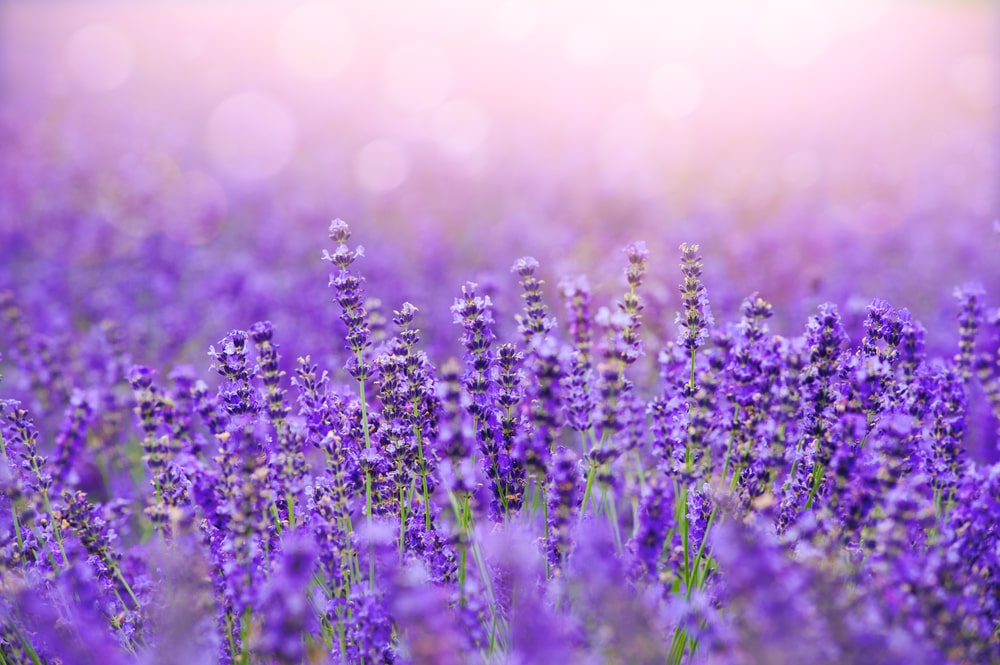LAVENDER IS A BUSHY PERENNIAL THAT WILL LAST YEARS IN THE GARDEN OR CONTAINERS
Spring is in the air, and so is the scent of lavender. For many of you, lavender is an all-time favorite perennial. For others, growing it can be challenging and frustrating.
Here’s a little historical background on this popular plant. Lavender has been used for thousands of years, dating to ancient Greeks and Romans. It was planted and used to scent baths. Its name comes from the Latin word “lavare,” which means “to wash.”
Lavender demands full sun and extremely well-draining soil. If yours doesn’t thrive, it’s likely due to too much water or shade. On a personal note, I failed to grow lavender because I used too much water. The soil was not “light” enough, and the plant rotted. But now I am successful because I grow mine in pots using good-quality potting soil that allows the soil to dry quickly.
Another factor in learning about lavender is the variety. Not all lavender is hardy for our region. English varieties are the best for our area (Zone 7), whereas French varieties are hardier in Zone 8 and higher.
English varieties, such as Hidcote and Munstead, are two varieties that grow well in our region. They have dark purple flowers. The French varieties will have a lighter pinkish-lavender flower.
Another good and hardy perennial lavender for our area is Lavender Intermedia Phenomenal. This variety is extremely hardy in our region.
To recap, here are some growing tips for you to follow to be successful in growing lavender:
- It must have full sun.
- It needs well-draining soil.
- It is drought-tolerant
- Be sure your variety is a hardy perennial for our region.
- You want to “deadhead” spent flowers to encourage new blooms
PLANT A LITTLE HAPPINESS!!!!

